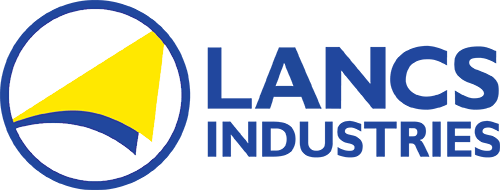All humans experience radiation exposure daily due to sunlight, radio, and microwaves, our smartphones, and even the foods we eat. Fortunately, the minimal amounts of radiation absorbed via these sources pose no real threat to our wellbeing.
For those who work in the diagnostic and therapeutic fields, or for patients whose medical conditions require frequent radiation exposure via diagnostic/treatment tools (such as x-rays or cancer treatment radiation), there are increased health and safety risks.
What is Scatter Radiation?
Scatter radiation is a secondary form of radiation. Just as sunlight can bounce off walls and reflective surfaces, radioactive particles “bounce” or scatter when they run into physical objects, including patients. Thus, medical professionals, like radiologists using x-ray technology, as well as the patient who receives the x-ray, and others are at risk of absorbing scatter radiation that bounces off the walls, ceilings, chairs – or even within or on the patient’s body. In fact, in most hospital and dental practice environments, the patients themselves are the largest source of scatter radiation since the x-ray is directed right at their body.
This is why you are covered with a lead blanket of some kind, and why the medical technicians or physicians walk away from the space, and behind some type of radiation-resistant barrier, while capturing the image or during radiation treatments. These radiation shielding products are designed to absorb the radiation, minimizing the scatter radiation you and s/he are exposed to.
As with other forms of radiation, the negative effects of scatter radiation depend wholly on:
- The time of exposure
- The distance from the radiation source
- Shielding from radiation
Hence, applying the principles of radiation protection in any setting where scatter radiation is present goes a long way in keeping everyone healthy and safe.
“Lead Glasses Are Not Enough…”
In a March 2019 article posted in MedPage Today, Reporter Nicole Lou posted an article about a recent study’s findings that, “Lead glasses may be providing a false sense of security to the interventionist (x-ray or fluoroscopic radiation technician),” because scattered radiation comes at the human body from all directions. Thus, the protective lead glasses offer direct shielding from a particular angle but leaves the exposed angles of the eye area, cheeks, and forehead vulnerable.
This example is one of many we can share from the medical world and demonstrates how important it is that each department evaluate its structural footprint, the furnishings in the room, the safety program currently in place and whether or not changes or improvements are possible to enhance the safety of patients, clients, and staff.
A continuing and developing awareness of which parts of the body are covered or shielded, and what is left exposed, poses important considerations to those in the medical environment and other careers that place employees and team members in direct contact with radiation or radioactive materials.
Pair Comfort and Safety for Employees and Patients
Lead blankets are heavy, and that makes them both cumbersome and less comfortable for both employees and patients. So, while full lead blankets are the cost-savings norm, companies and medical administrators may find that spending a bit more on lighter, more eco-friendly options increases patient and employee satisfaction, without compromising safety. Examples include TL light (20% lighter than full lead and 100% recyclable) or Non-leaded options (25% lighter than full lead, flexible, and environmentally friendly).
For those working in the emerging field of C-Arm fluoroscopy, studies show that the best equipment for protecting attending physicians include:
- Being as far from the source of radiation as physically possible while still getting the job done
- Implementing
- Lead or similar shielding aprons
- Thyroid shields
- Lead glasses
- Lead barriers
These same, mindful and thorough tenets of protection of should be provided for the patient and any family, medical personnel, or staff in the vicinity.
Is your medical practice or place of business doing all it can to educate your employees about scatter radiation and providing the necessary means of radiation shielding and protection?
Lancs Industries has decades of radiation shielding experience, and we’re happy to work with you to make sure you have everything you need for ALARA compliance and to keep your company Safe with a capital “S.” Contact us to learn more about our radiation shielding products, or to design custom products or equipment that meet the demands of your workplace.
Subscribe to our Newsletter
Get industry updates and new blogs straight to your inbox.

